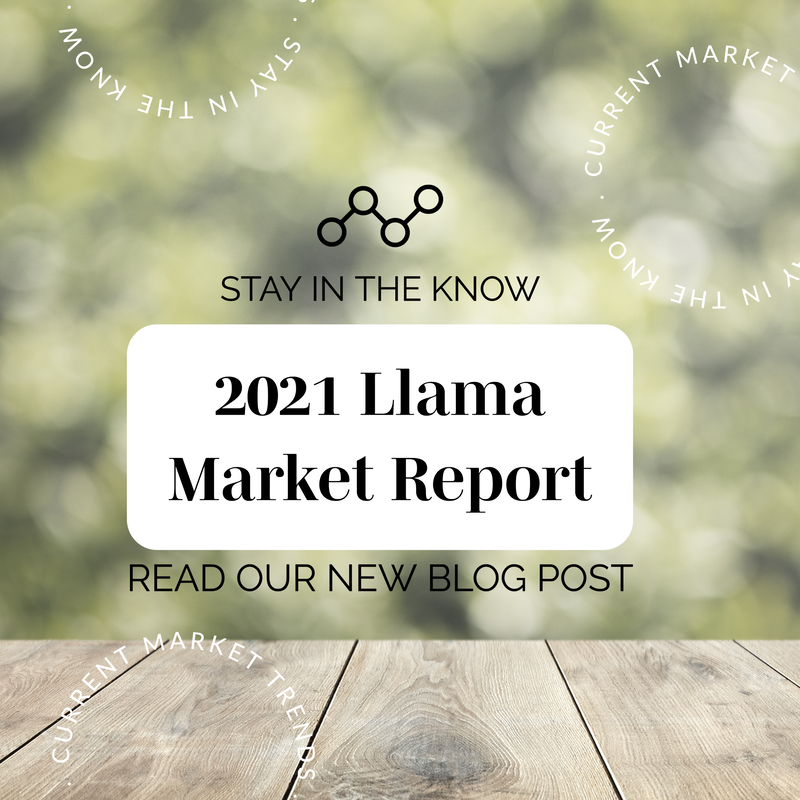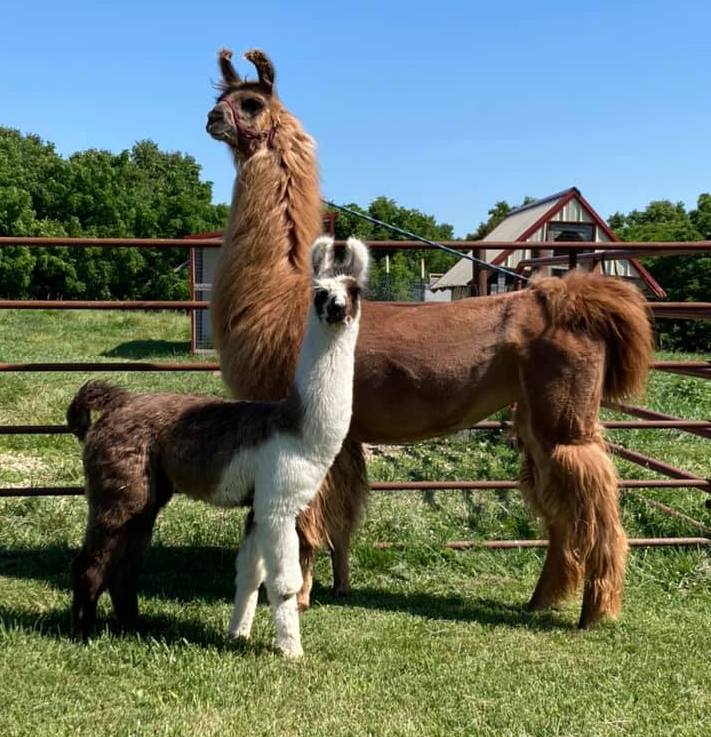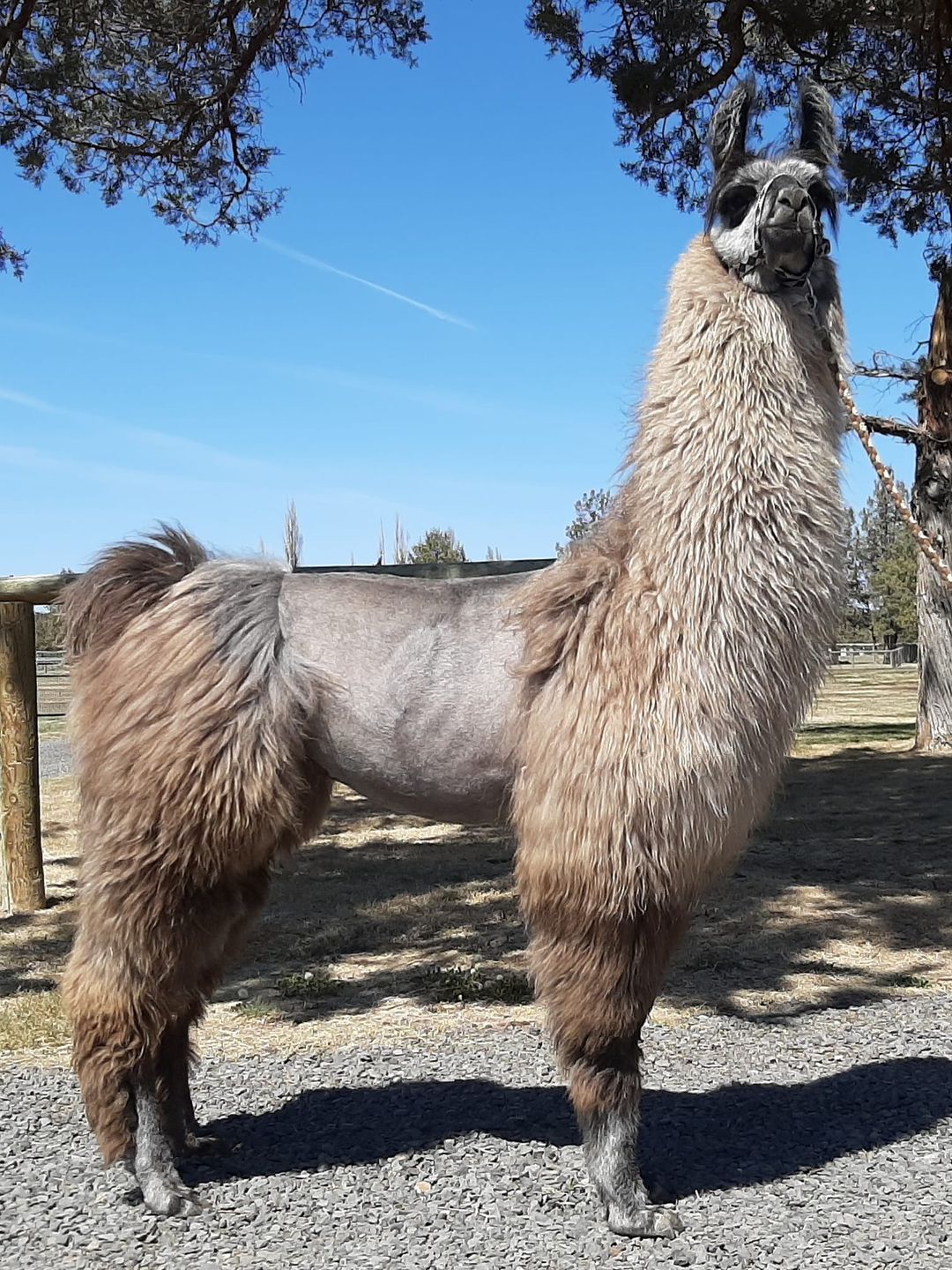The average for female llamas selling at auction in 2021 was $4,795 The average for male llamas selling at auction in 2021 was $2,379 The average for all llamas in 2021 was $4,097. The median (exact middle) for all llamas in 2021 was $3,450 The average for females under 2 years of age was $5,725 The average for females between 2 and 10 years of age was $4,183 The average for females over 10 years of age was $3,386 The average for males under 2 years of age was $3,119 The average for males between 2 and 10 years of age was $1,861 The average for males over 10 years of age was $1,138 **In calculating our averages we included buybacks, as data on buybacks is not made available by sale coordinators. For the female average: dams selling with female babies at side were counted as two lots, females with male babies at side were counted as one lot.
The last question we'll consider is if there is any commonalities from the animals at the top of the market, which we have defined as selling for more than $9,000. The most common animal in this group was a female under two years of age. This group also included multiple moms with female babies at side, a three year old female, a four year old female, and an 8 month old male. Another encouraging sign in 2021 was the variety of farms that consigned high selling animals. 13 different farms had animals sell for more than $9,000 in 2021. The top selling animals came from a variety of bloodlines and styles including everything from lighter wool suris to Argentines. Something to keep an eye on in 2022 will be the total number of auction consignments. 173 llamas sold at auction in 2021, which is double the number that sold in 2020.
Click here to see our full 2020 Llama Market Report Comments are closed.
|
AuthorKyle Mumford is a third generation llama owner, and his family has owned llamas since 1980. Kyle and his wife Jerrika have a herd of approximately 25 llamas in Southwest Washington. Categories
All
|



 RSS Feed
RSS Feed